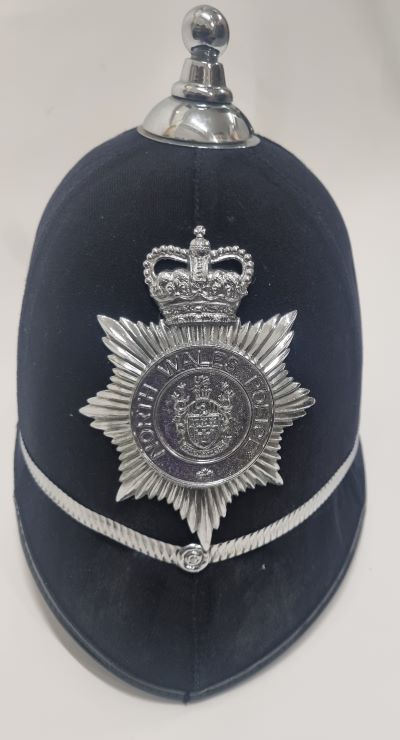
This year marks the 50th anniversary since North Wales Police was officially formed on 1st April 1974.
During the middle ages, punishment for criminals was harsh and often took place in public to discourage crime. The use of pillory, stocks and physical punishments were common. At the beginning of the 19th century parish constables were introduced in order to maintain law and order. Overwhelmed, they were not efficient enough to cope with the disturbances caused as a result of the industrial revolution and the militia were often called in to help.
In 1857 the Caernarfonshire Constabulary was established following the Police Act 1856. T.P. Williams Ellis was appointed as Chief Constable on an annual salary of £250 with £50 for expenses. The constables’ salaries were described as “less than a quarryman but more than a farm labourer”.
Gwynedd Constabulary was formed in 1950 by the amalgamation of Caernarfonshire Constabulary, Anglesey Constabulary and Merionethshire Constabulary under the Police Act of 1946. Flintshire Constabulary and Denbighshire Constabulary were merged into the force in 1967, although it retained its name. The name was changed to North Wales Police in 1974 when the new counties of Gwynedd and Clwyd were formed.
The custodian helmet is the headgear worn traditionally by male constables and sergeants whilst on foot patrol in England and Wales. It was first used by the London Metropolitan Police in 1863 and during the 1930s the Home Office tried to standardise the design of the helmets. Helmets used the Brunswick star badge (an emblem with a star with an outline of eight points) with the reigning monarch’s cipher and the name of the police force. There were variations to the top of the helmets with rose top, a raised metal rose to cover the ventilation hole, used by some forces. This helmet is fitted with a metal ball top.
This helmet belonged to a donor from Deganwy who worked as an Officer for North Wales Police.
